
India on Swami Vivekananda 2013
Complete set of 4 nos. of commemorative postage stamps on the 150th Birth Anniversary of Swami Vivekananda, an Indian Hindu monk, chief disciple of Ramakrishna Paramahansa :
Issued on Jan 12, 2013
Issued for : The Department of Posts is privileged to issue a set of four Commemorative Postage Stamps and a sheetlet depicting various milestones of the life of Swami Vivekanand to commemorate his 150th anniversary.
Credits :
Stamp/FDC : Sankha Samanta
Cancellation :
Nenu Gupta
Type : Sheetlet, Mint Condition
Colour : Multi colour
Denomination : 2000, 500, 500 & 500 Paise
Stamps Printed : 0.21 Million Each
Sheetlet : 0.11 Million
Printing Process : Wet Offset
Printer : Security Printing Press, Hyderabad
Name : Narendra Nath Datta
Born on Jan 12, 1863 at Kolkata, West Bengal, India
Died on Jul 4, 1902 at Belur, West Bengal, India
About :
- Swami Vivekananda (1863-1902), one of the tallest spiritual leaders of modern India, strove to promote peace, well-being and brotherhood among all humanity.
- Born as Narendra Nath Datta, his intellectual brilliance was evident right from childhood. He excelled in music, gymnastics and studies. Narendra, at the threshold of youth, was given to spiritual enquiries, and this led him to the well-known mystic Sri Ramakrishna of Dakshineshwar. A unique teacher-disciple relationship developed between them and, under the guidance of the master, Narendra made rapid strides along the spiritual path.
- Distress visited young Narendra to test him. The sudden death of his father in 1884 left the family penniless, followed by the illness of Sri Ramakrishna which was diagnosed to be cancer of the throat. He faced the challenges stoically and courageously and led a group of young disciples in nursing the Master with devoted care. Sri Ramakrishna passed away in 1886. After the Master’s passing, fifteen of his young disciples formed a new monastic brotherhood under the leadership of Narendra. Subsequently, Narendra assumed the name Swami Vivekananda.
- In the middle of 1890, after considerable thought, Swami Vivekananda left his math and embarked on a long journey of exploration of India, with the objective of taking the message of Sri Ramakrishna, whom he considered the prophet of the present age, far and wide. During his travels around India, Swami Vivekananda was deeply moved to see the appalling poverty and backwardness of the common people. He understood that the root cause of poverty was that the downtrodden masses, owing to centuries of oppression, had lost faith in their capacity to improve their lot. The urgent requirement was to infuse faith in themselves into their minds. For this, they needed an inspiring and a life-giving message. Swamiji found this message in the principle of the atman, the doctrine of the potential divinity of the soul, taught in Vedanta. The common folk needed to be taught how to apply the ennobling principles of Vedanta in practical life. The medium to spread this knowledge had to be education, and an efficient organization of dedicated people was needed to accomplish this.
- In the course of his wanderings Swami Vivekananda heard about the World’s Parliament of Religions to be held in Chicago in 1893. He felt that it would provide the right forum to present Sri Ramakrishna’s message to the world, and decided to participate. His speeches at the Parliament of Religions held in September 1893 made him famous as ‘Messenger of Indian wisdom to the Western world’. After the Parliament, Swamiji spent nearly three and a half years spreading Vedanta as lived and taught by Sri Ramakrishna, in the USA and England.
- After his return to India in 1897, he delivered a series of inspiring lectures in different places which attempted to create pride in our cultural heritage and roused the spiritual and religious consciousness of the people. The objective of the lectures was also to focus the attention of educated people on the plight of the downtrodden masses, and to expound his plan for their upliftment by the application of the principles of practical Vedanta.
- Swami Vivekananda founded the Ramakrishna Mission in May 1897, a unique organization in which monks and lay people jointly undertake propagation of practical Vedanta. The activities include various forms of social service, such as running hospitals, schools and rural development centres, and conducting relief and rehabilitation work for victims of earthquakes, cyclones and other calamities, in different parts of India and other countries. In 1898, Swamiji set up a permanent abode for the monastery and monastic Order at Belur on the western bank of Ganga. Here Swamiji adapted ancient monastic ideals to the conditions of modern life, giving equal importance to personal illumination and social service.
- A second journey to the West in 1899 and the many lectures delivered there led to Swamiji’s stature as a leading spiritual guide of the modern times being re-inforced. Incessant work, especially giving lectures and interacting with thousands of people, told upon Swamiji’s health. His health deteriorated and the end came quietly on the night of 4th July, 1902 at the Belur math.
- Text : P.N. Ranjit Kumar (Based on material furnished by the proponent).


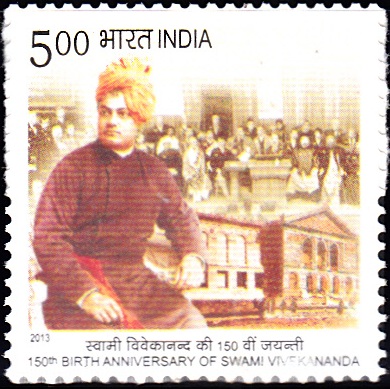

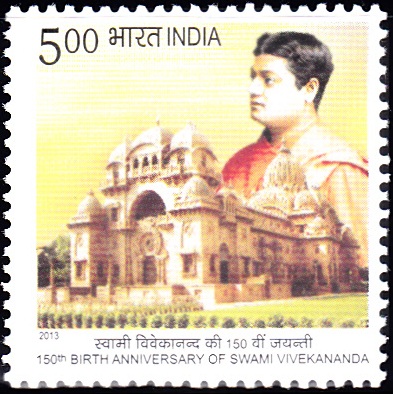
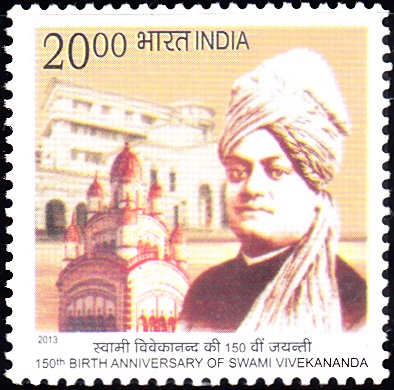
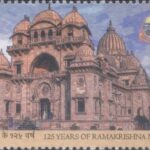
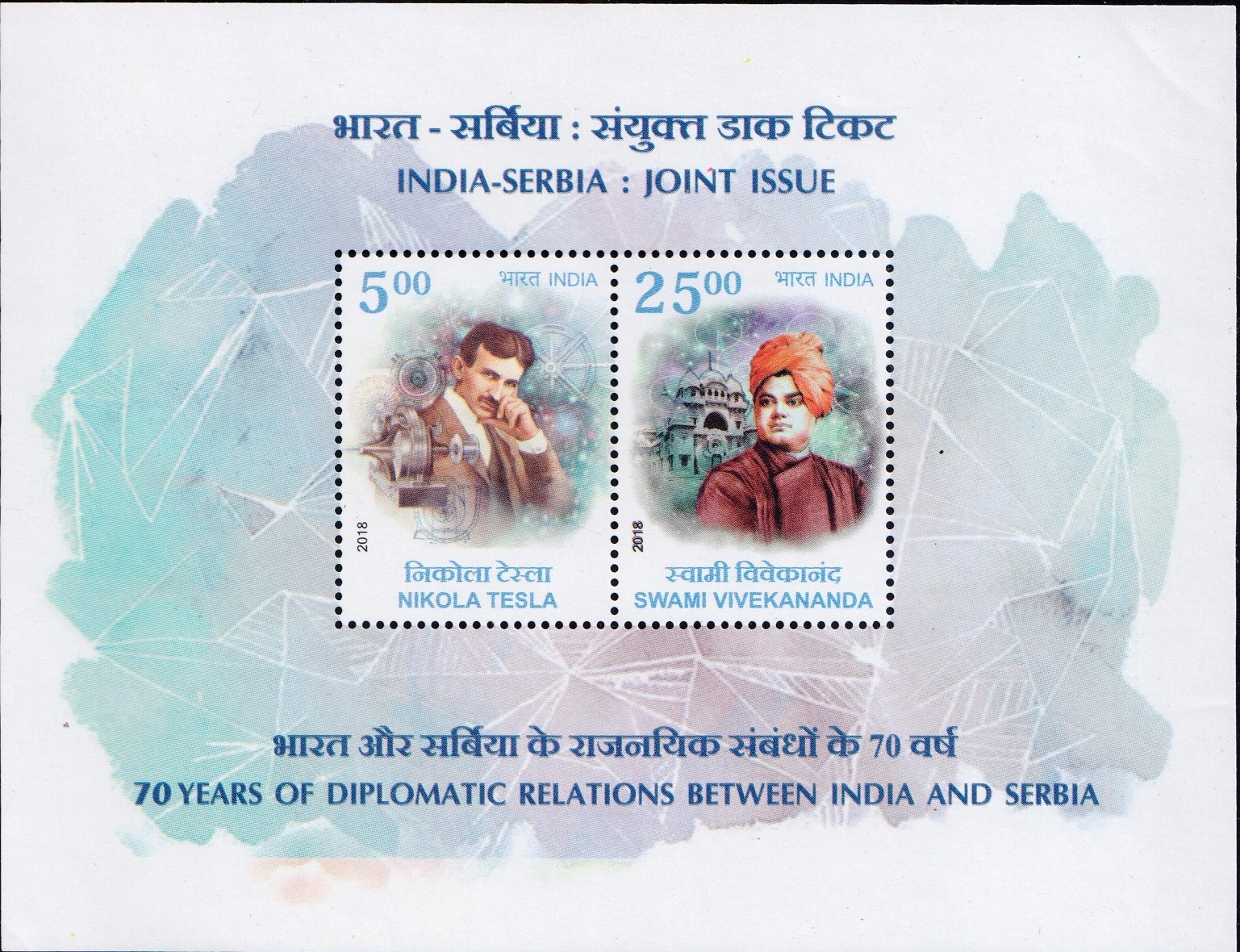
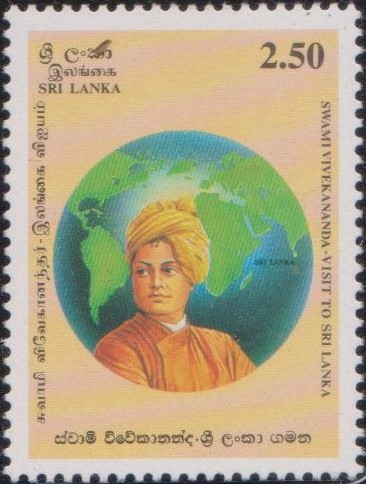


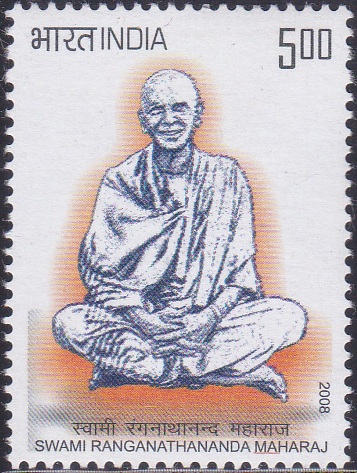
super…
realy its a amazing picture….
[…] on January 23, 1897, Subhas Chandra Bose was deeply influenced by the philosophy of Swami Vivekananda. He appeared for the Indian Civil Service competitive examination in 1920, and came out fourth in […]
[…] to the Western world. Later it was specially the Vedanta which attracted him so much that Swami Vivekananda said for him: “Max Mueller is a Vedantist of Vedantists. He has, indeed, caught the real soul […]
[…] them by a touch, a word or a glance. Narendranath Dutt, who later became the world-famous Swami Vivekananda, was one of the most important disciples of Sri Ramakrishna and after the Master‘s passing […]
[…] the people. After calming it down, he returned the horse to its owner. While a student, he met Swami Vivekananda and came under his influence. Jatindra Nath, however, felt that the spiritual regeneration of […]
[…] as Sister Nivedita, was born on 28th October, 1867, in a small town in Northern Ireland. She met Swami Vivekananda in London in 1895. That was the turning point of her life. That great man of religion kindled in […]